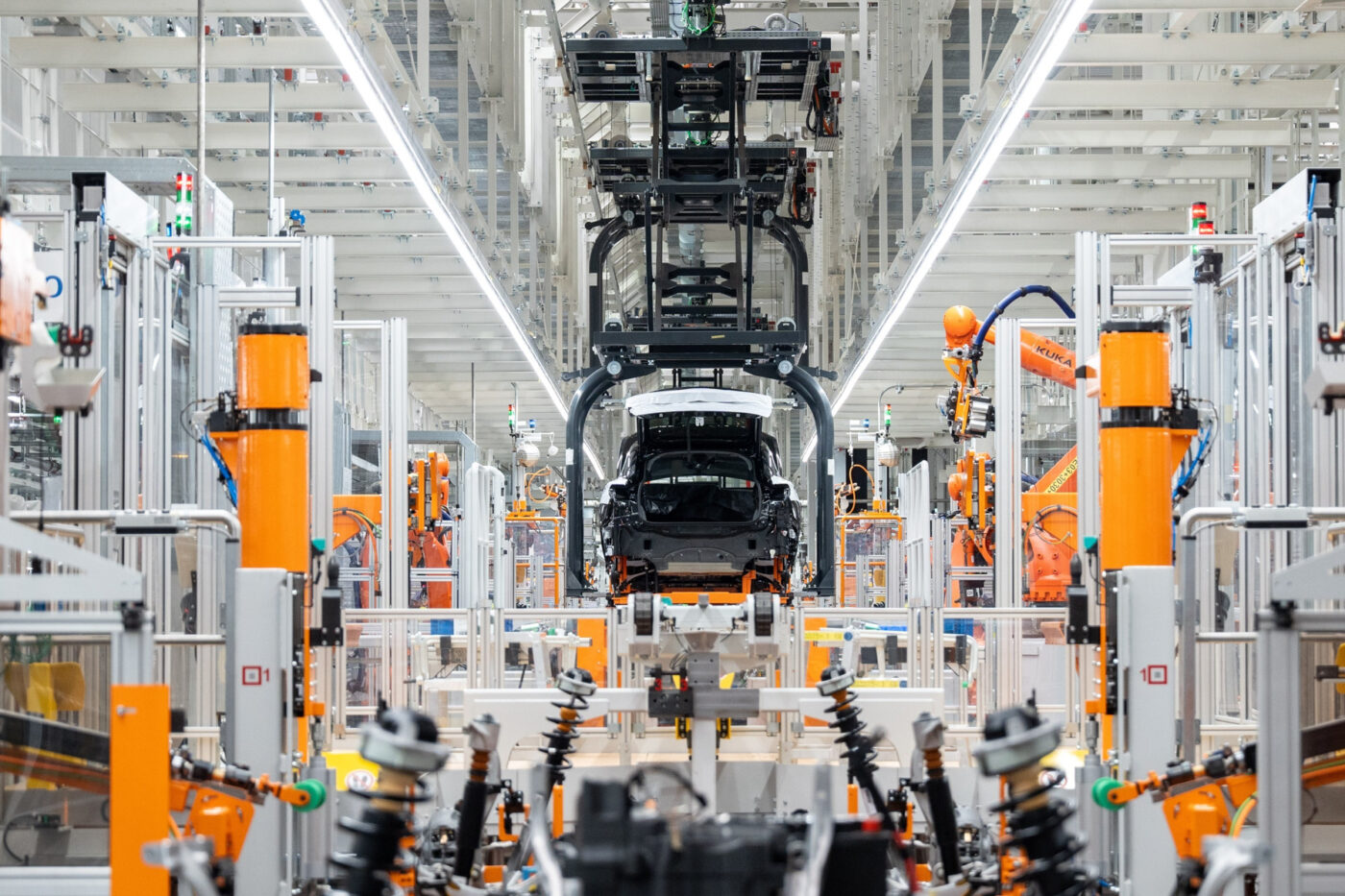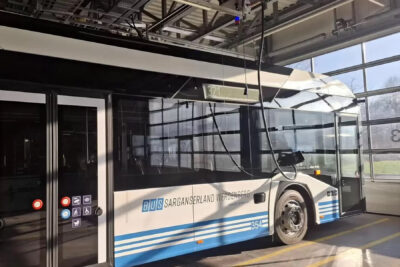Audi struggles to ramp up EV production in Changchun
The plant in China belongs to the operating company Audi FAW NEV Company and builds the electric full-size models Q6L and A6L – an SUV and a saloon. However, the German business publication Manager Magazin now speaks of problems on site, citing insiders. The plant is highly automated, but runs more slowly than the usual Chinese car factories, with correspondingly higher costs. This is despite the fact that Audi spoke of “a record level of automation in the Chinese industry” when the plant opened six months ago.
According to the report, the problems are complex. Starting with the E3 1.2 software from Group subsidiary Cariad (which already massively delayed the Porsche Macan), which is used in the Q6L and the A6L and is probably still prone to errors. The company is also concerned about “serious problems controlling the batteries” and margins, as Chinese competitors are increasingly bringing out software-defined cars at relatively favourable prices.
Nevertheless, production continues in Changchun. According to Manager Magazin, the cars produced will probably be temporarily parked to wait for the fault-free software. In addition, Audi apparently wants to try to start with a slimmed-down version.
The opening of the plant shortly before Christmas was supposed to symbolise and kick off Audi’s race to catch up in China. The ultra-modern facility is operated by Audi and FAW. What makes it special: In Changchun, Audi has acquired a majority stake in a Chinese joint venture company of the Volkswagen Group for the first time: Audi owns 55 per cent of the shares in the production company Audi FAW NEV Company, FAW 40 per cent and Volkswagen 5 per cent.
The new plant in Changchun is the first in China to build exclusively all-electric Audi models based on the Premium Platform Electric (PPE). As mentioned at the beginning, the Q6L e-tron, a long version of the Q6 e-tron built in Ingolstadt, intended for China, and a market-specific long version of the A6 e-tron roll off the production line here. The China-specific adaptations now go beyond the almost traditional stretched wheelbase, as the Ingolstadt-based company explained at the inauguration of the factory. The Q6L e-tron differs from the international model, for example, “through numerous design features and innovations for the Chinese market.”
The foundation stone in Changchun was laid in 2022 and the investment in the project is said to have totalled 2.6 billion euros. The plant is designed for 150,000 cars per year. Audi therefore emphasised its importance for the electrification strategy several times at the start of production shortly before Christmas: “The models produced here will play a decisive role in our local portfolio and strengthen our position in this important market,” said CEO Gernot Döllner.
This is also urgently needed: Audi sold 31,171 fully electric cars in China in 2023 as a whole, totalling 729,000 new Audis in China. The EV share at the Ingolstadt-based company was therefore less than five per cent. In comparison: this November, the BEV share of the overall car market in China was 27 per cent; if plug-in hybrids are included, it was even 45.6 per cent. Audi offers a China-specific MEB model in China, the Q5 e-tron, and the Q4 e-tron is also sold there. The Ingolstadt-based company stopped selling the e-tron GT in China last summer due to a lack of demand.
According to Manager Magazin, the Audi without rings, which was presented at Auto Shanghai in April, is Audi’s beacon of hope in this mixed situation. This is the E5 Sportback, which is also the debut model of the new Chinese sub-brand AUDI. It was not only designed for China (hence the omission of the four rings at the front and rear), but was also developed in China, together with SAIC.
manager-magazin.de (in German)





0 Comments